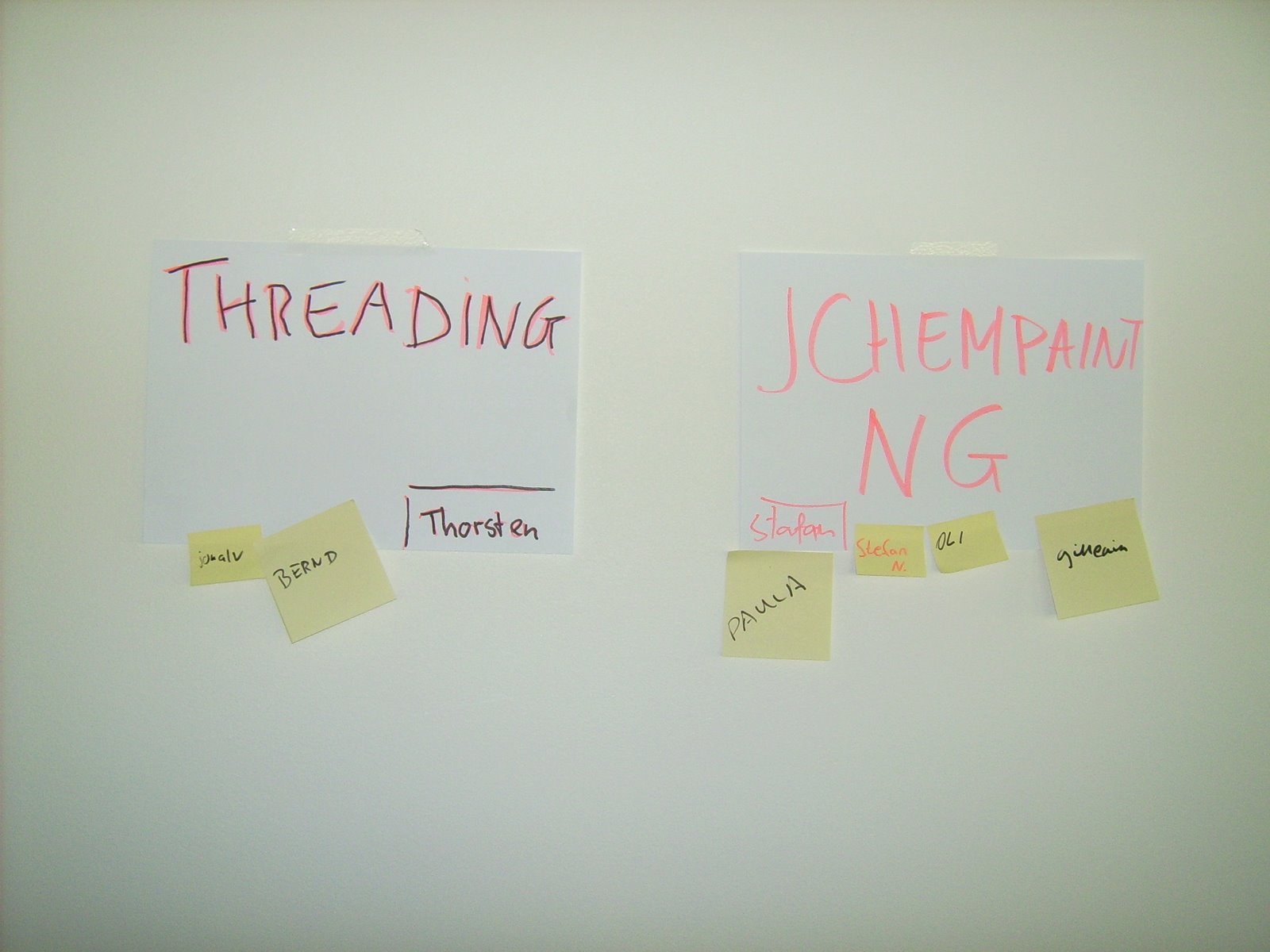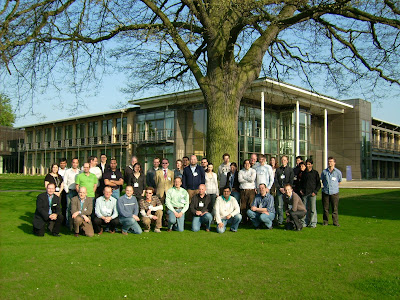-
CDK Workshop 2009 #3
Last of my writing on the CDK Workshop. It was great fun meeting all the CDK developers and users, and thanx to everyone for all that they contributed, in particular during the unconference part! Yesterday, I had a travel day, and slept 12 hours in one go last nite. This leaves me with a long list of follow emails, CDK patches and many other things to catch up with. But it was more than worth it. -
My CDK Workshop 2009 Course Material #2
I wrote about my course material, and now complement that with the (three) slides: -
My CDK Workshop 2009 Course Material
My CDK Workshop 2009 Course Material: -
Downloading Domoic Acid from PubChem
The identity of domoic acid has been under discussion (see here, here and here). (And I very much like the ChemSpider service to make it easy to copy data from ChemSpider into WikiPedia ChemBoxes; cheers!) -
CDK 1.2.1 Released
I just released CDK 1.2.1 (aka The CDK Workshop 2009 Release), which is now available for download from SourceForge. The source can be found in our Git repository. The changes since 1.2.0 are mostly bug fixing, new unit tests, and minor clean up here and there:

